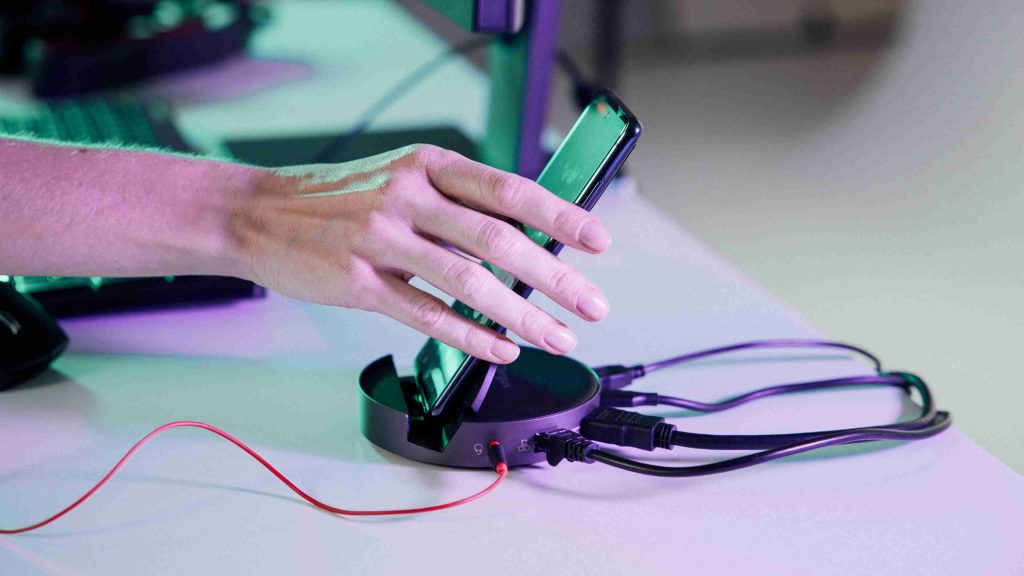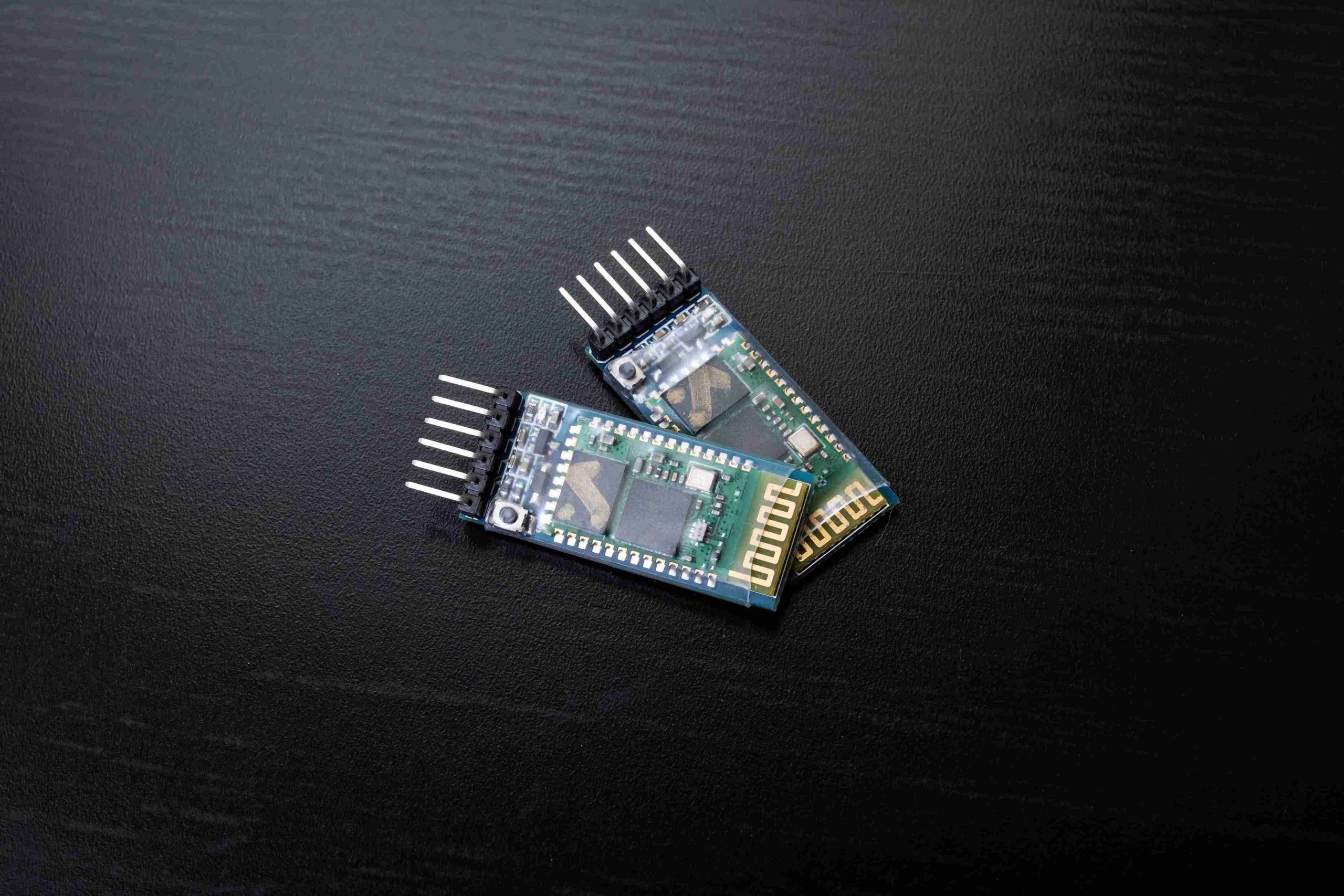The use of Smartphones in our daily life and work is the new norm. They are not merely the tools of communication, but are high performance work, entertainment, navigation, and creativity devices now. The process is mainly driven by progress in hardware- most especially display technology. Among the most transformative innovations is the OLED display module, which has set a new benchmark for visual quality in mobile devices.
At the same time, mobile phone accessories have grown more sophisticated, adapting to the capabilities of newer smartphones. Coupled with accessories, OLED technology is defining the user experience with their devices day-in-day-out.
This report addresses the potential that OLED displays and the appropriate accessories hold together in order to provide a seamless and powerful user experience- and what the future has in store with regards to this dynamic duo.
What Is an OLED Display Module and Why Does It Matters?
An OLED display module (Organic Light-Emitting Diode) is a type of screen technology that offers brighter colors, deeper blacks, and enhanced contrast compared to traditional LCDs. It does not require a backlight since every pixel has its own light, leading to thinner screens and energy-saving screens.
OLED modules are recognized to be flexible and can be made into curved or even foldable screens, which permits the brash innovation in smartphone design. They are also very responsive with pixel refresh rates nearly instantaneous, which enhances touch sensitivity and decreases motion blur.
This technology has changed the way users feel visuals- whether they are watching videos, playing games or even scrolling through applications. It makes the images real and vivid. As smartphones equipped with OLED displays become more common, their integration influences everything from battery life to how mobile phone accessories are designed and used.
The Role of OLED Display Modules in Modern Smartphones:
The OLED displays are widely used in the current flagship smartphones due to high performance and design flexibility. Whether it’s a high refresh rate for smoother gameplay or HDR capability for richer video playback, the OLED display module plays a critical role in delivering a high-end user experience.

The manufacturers take the advantage of the ultra-thin and lightweight properties of OLED panels in order to produce slimmer and more ergonomic phones. These modules are also flexible to accommodate specialized ones such as under-display fingerprint and curved edge screens.
OLED displays are also more efficient besides being aesthetically pleasing. Their capacity to shut down black pixels completely adds to their long battery life- which is very desirable by the users.
These enhancements do not only relate to the phone itself but also to the ecosystem around the phone. The clarity and color precision of OLED screens require mobile phone accessories—like screen protectors, camera lenses, and stylus pens—to meet a higher standard of compatibility and performance.
Mobile Phone Accessories That Complement OLED Technology:
As OLED displays redefine smartphone visuals, mobile phone accessories must evolve to match their capabilities. An example is the screen protectors, which are now made using ultra-ultra-thin tempered glass or flexible polymers, which do not compromise the sensitivity and clarity of the display. They are specifically designed to fit curves of edges and under-screen characteristics that are standard of OLED panels.
Camera lenses and cases are also raised to very high standards because of high resolutions. Peripherals such as the clip-on camera boosters should be made in such a way that it does not hinder the quality of the images collected by the high performance OLED based systems.
Another important accessory, stylus pens, are being optimized to pixel level precision to be as responsive as OLED touchscreens. Phone stands, mounts and holders, similarly, are aesthetic-friendly and are usually designed to fit the skinny and sleek profiles of OLED phones.
Since smartphones are becoming slimmer and smarter, accessories are no longer extras that can be added to a smartphone, but rather mandatory parts that make the experience of a smartphone OLED-driven.
Smart Integration: How Accessories Interact with OLED Displays
Modern mobile phone accessories do more than attach to a phone—they actively interact with the OLED display module to enhance functionality. Example The wireless charging pads commonly have a display feedback on the phone display which shows the percentage of the battery or the charging speed in real-time. These notifications are more readable and appealing because OLED has a fast response and high contrast.
Game controllers, styluses and even Bluetooth keyboards are designed with ultra-low latency in mind, thus guaranteeing that user input appears on the screen in a smooth fashion. This is aided by the fast pixel response of OLED that reduces input lag.
OLED modules also power windowed views on smart cases. These enable users to view notifications or time without unlocking the phone, with very little power, which OLED does well.
This depends upon the smooth interaction with hardware and accessory which guarantees unified experience, so that all accessories are compatible with the display, and not just around it.
User Experience: Combining OLED Display Modules with the Right Accessories
An excellent OLED screen is nothing more than a good experience around it. When paired with the right mobile phone accessories, the OLED display module delivers not just high performance but also ergonomic and sensory satisfaction.
As an illustration, a high definition film on an OLED display is an immersive experience when assisted with noise-canceling Bluetooth earbuds and a trustworthy and customizable phone stand. Reading or drawing on a device with OLED sharpness is more accurate with a fine tip stylus that is neither lagging nor scratching.
Furthermore, the gaming experience is more interesting and competitive when such accessories as gamepads, cooling cases help make it more comfortable and decrease the risk of throttling performance. The high-end display of OLED screens takes any engagement, such as scrolling on social media and editing pictures, to a new level when it is combined with accessories that do not interfere with the resolution and contact sensitivity.
In the simplest terms, the display technology and the smart accessories play harmoniously to present the user with a fluid, futuristic, and satisfying experience.
Innovation Ahead: The Next Generation of OLED-Compatible Accessories
Future accessories will be able to service bendable and foldable OLED displays, combine with wearable technology, smart glass, as well as modular devices. Look forward to self-healing screen protectors or ones that adapt to the folds or ones that change transparency with light changes. Styluses can be equipped with pressure sensors and haptic feedback in order to provide a better real-life drawing and writing experience on OLED screens.
We’re also seeing rapid development in mobile phone accessories that use AI and AR overlays—features that look stunning on OLED screens due to their sharp contrast and pixel clarity. Smart cases can be fitted with display-enhancing features or even biometric features. The mounts and stands could contain sensors that communicate with the proximity and orientation of the display.
As smartphones push the limits of form and function, their accessories will follow, becoming smarter, lighter, and more personalized—all while optimizing the vivid, responsive experience offered by the OLED display module.
Conclusion:
From sharper visuals to smarter interactivity, OLED display modules are reshaping what we expect from our devices—and their accessories. By integrating the right mobile phone accessories, users can unlock the full potential of their OLED-equipped phones. This synergy will characterize the new generation of natural, immersive mobile experiences as beautiful as they are functional as innovation progresses.


